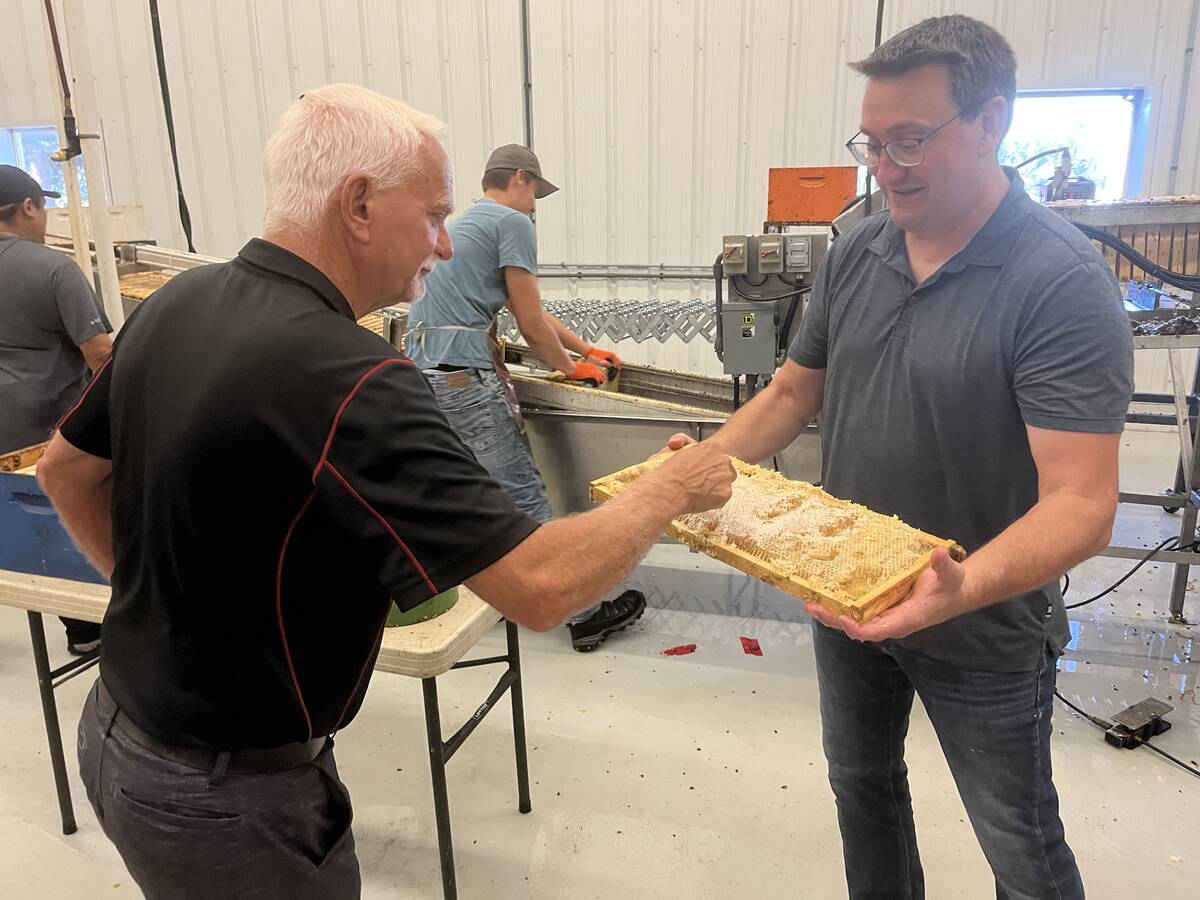Members of the Canadian Agricultural Safety Association used a recent annual conference to refine priorities.
CASA executive director Marcel Hacault said the most common request called on the safety group to work with provinces to identify an agency in each province from which farmers can learn more about safety.
CASA was also asked to improve its safety resources. Producers want to see examples of farm safety plans and best practices. They also want to see a strong business case to justify safety on the farm.
Read Also

Alberta honey business ‘thrives’ despite bumpy beginnings
Thrive Honey showcases its honey production in market where Alberta produces 40 per cent of all honey produced in the country
As well, farmers want to see continual improvements with machinery.
“If you engineer safety in,” then there will likely be fewer equipment accidents, said Hacault.
Another priority is for CASA to develop strategies to help farmers manage stress.
Hacault said some of these concepts are still being developed, but the new initiatives should be rolled out over the next four years.
“All indications are we will have some funding from the federal government.”
Hacault said all 10 provinces and one territory are interested in working with CASA.
“Each is at a different level of maturity in delivering occupational health and safety. But the more mature ones are less interested in working with CASA” because they have their own systems in place, he said.
Bruce Johnson, who was re-elected as chair of CASA’s board, said in an interview that one of the actions in working with the provinces is to develop a “train the trainer” safety program. The national model could be tailored for each province because although farm commodities are similar across Canada, the provinces differ in their farm labour regulations and workers compensation rules.
When asked if farm injury rates are lower, Johnson said they have been reduced in provinces with a strong safety infrastructure.
In British Columbia, Johnson is executive director of the Farm and Ranch Safety and Health Association. Because that group has staff who are able to deliver safety training on the farm, it makes a difference to the accident rates.
The association also works with the Prairie Agricultural Machinery Institute to create safer machinery.
Johnson said better farm returns improve safety.
“When times are good, people are more inclined to spend the money on safety in terms of better devices and safer practices.”
















